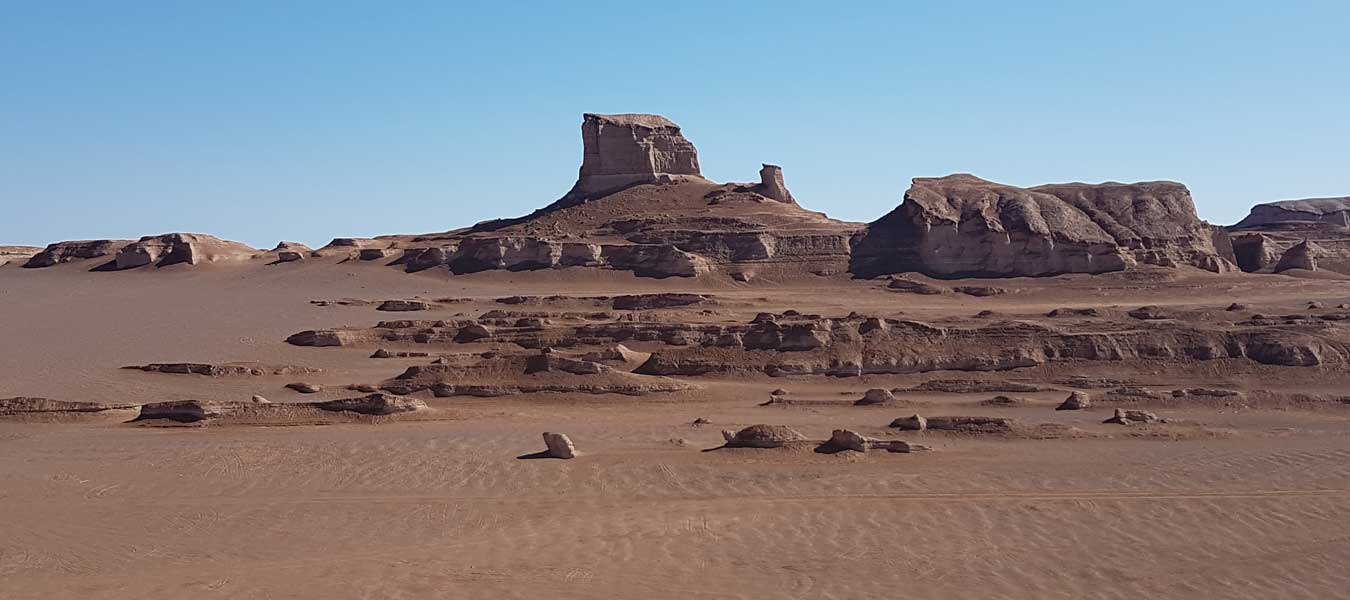-
In Shiraz, you can experience walking in many samples of what is known as Persian Garden, or Paradise: Eram Garden, Narenjestan Qavam Garden.
Iranian garden is known as Pardis (Paradise) or Ferdows in Persian literature. These gardens have certain characteristics:
1- Being on the pathway of a brook, Qanat, or small fluent river.
2- Being enclosed by tall walls.
3- Existence of a summer-time pavilion and a pool inside the garden.
4- Usually Being in the form of a square or rectangle.
Regularizing the garden’s system which was later known as Iranian garden by tourists, had started from the time of Achaemenids. There was a regular geometry in the royal gardens in Pasargadae that was copied in the Sassanid era and after the introduction of Islam in Iran.

The significance of nature and the sanctity of water in Zoroastrianism resulted in building the palaces near big water sources in the Sassanid period. After the Sassanid period and the onset of Islam, these palaces were copied by Ummayad rulers; they built several palaces in their own countries. But of course the high point of building gardens was in the Safavid era and you can see its traces all over Isfahan very well. In the Qajar era, the standard of European gardens entered Iranian gardens a little and in the Pahlavi period, this introduction was accelerated.
The three elements of water, plant, and architecture were placed side by side in a specific order and influenced other sections of the art of Iran. One art that is very much inspired by Iranian gardens is the Iranian carpet that needs its own philosophical explanation in a proper section. - The garden of Iranian carpet
In many examples and designs, Iranian carpet is woven in a way that reminds gardens to us. Researchers believe that Iranians brought the concept of paradise inside the house with weaving garden carpets and some samples employed this idea in religious places. For instance, in the tomb of Sheikh Safi in Ardebil was a carpet in the entrance Iwan, the pattern of which was also painted on the ceiling and this art is strongly intended to point out the concept of paradise in a religious place.











Leave a reply